
A Single 4g Dose Can Help Clear Heavy Metals, Reduce Microplastics, and Support Brain Cleansing (Not for Daily Use)
A Single 4g Dose Can Help Clear Heavy Metals, Reduce Microplastics, and Support Brain Cleansing (Not for Daily Use)
Have you ever felt like your mind is running at half-speed—like your thoughts are muffled behind a layer of fog? Many people assume poor focus, sluggish thinking, and memory lapses are simply signs of stress or aging. But mounting research suggests there may be deeper biological factors at play, including the gradual accumulation of heavy metals and metabolic waste inside the brain.
According to reporting from reputable neuroscience and medical publications, scientists now recognize that metals such as copper, zinc, and manganese can build up in brain tissue over time. While these minerals are essential in small, balanced amounts, their excess can contribute to oxidative stress, impaired neural communication, and chronic inflammation—common threads seen across many neurodegenerative conditions.
Today, we finally have clearer, more rigorous science behind a fascinating compound that may offer targeted support: carnosine. Although carnosine is naturally present in the body and found in meat, recent biochemical research shows that supplemental doses—especially in the range used in clinical and experimental studies—may help the brain defend itself against metal-induced damage.
This article breaks down the science of metal toxicity, how carnosine works, and practical ways to optimize your brain’s natural detoxification pathways. While carnosine is not a magic bullet, the emerging evidence is compelling—and it gives you tools to be proactive about long-term brain health.

Key Takeaways
-
Heavy Metal Build-Up Is Real: Essential metals can accumulate in the brain with age, contributing to oxidative stress, DNA damage, and neuroinflammation.
-
Carnosine Is a Strong Metal Chelator: Studies indicate carnosine can bind to—and neutralize—the damaging forms of copper ions in the brain.
-
Supplementation Supports Therapeutic Levels: Carnosine from diet alone is too low for significant effects; supplemental doses of 2–6 g/day are commonly used in research.
-
Your Glymphatic System Completes the Detox: Carnosine binds the metals; deep sleep, exercise, and heat exposure help flush them out.
-
Multiple Protective Effects: Carnosine also shields neurons from oxidative stress and the formation of harmful AGEs.
1. What Are Heavy Metals—And How Do They Reach the Brain?
Many people are surprised to learn that metals naturally accumulate in the body as we age. According to science reporting from outlets such as Scientific American and Nature-affiliated publications, metals like copper and zinc are vital cofactors for enzymes and metabolic reactions. But when regulatory systems weaken—due to aging, stress, diet, or environmental exposure—these metals can exceed safe thresholds.
Copper becomes particularly problematic when it accumulates in its reactive ionic forms. Inside the brain’s high-electrical environment, excess copper can:
-
Disrupt neurotransmission
-
Promote oxidative stress
-
Damage DNA and proteins
-
Trigger chronic neuroinflammation
This damage is driven largely by Fenton chemistry, a process where metal ions catalyze the production of destructive hydroxyl radicals. Think of these radicals as “molecular shrapnel” that ricochet inside cells, creating widespread harm.
Neuroinflammation is now considered a central mechanism underlying conditions like Alzheimer’s disease, Parkinson’s disease, and chronic cognitive decline—an idea widely discussed in major health science reviews.
2. Carnosine: The Brain’s Natural Heavy-Metal Bodyguard
Carnosine is a dipeptide made from beta-alanine and histidine. It is highly concentrated in muscle tissue and the brain, where it serves as a buffer against acidity and oxidative stress.
Recent biochemical research—summarized by many reputable science outlets—highlights carnosine’s ability to act as a chelating agent, particularly for copper ions. Chelation means carnosine binds to the metal, forming a stable complex that neutralizes its reactivity.
Here’s what that means in practical terms:
-
Carnosine “locks onto” excess copper
-
Copper can no longer generate destructive radicals
-
Oxidative stress decreases
-
Neuroinflammation is reduced
-
The metal becomes easier for the body to clear
This protective effect has captured increasing scientific interest, especially for brain health, metabolism, and aging.
3. Using Carnosine Effectively: Dosage, Forms, and Considerations
Carnosine occurs naturally in meat, but dietary intake is low—far below levels used in therapeutic research. Your body also has enzymes (called carnosinases) that break it down quickly.
This is why supplementation is often recommended for those exploring its neurological or metabolic benefits.
Typical supplemental range in research:
2–6 grams per day
This is not a “more is better” situation. Because carnosine is water-soluble, anything beyond what your body can use is excreted. The goal is steady, repeated exposure, allowing carnosine levels to build up in tissues over time.
Some people use beta-alanine instead, which the body converts to carnosine. This is why pre-workout formulas often cause a tingling sensation: that’s beta-alanine at work.
But for targeted brain effects, many experts prefer direct carnosine supplementation, as the conversion rate varies by individual.
4. The Glymphatic System: Your Brain’s Waste-Removal Network
Neutralizing metals is only step one. To actually remove them from the brain, you need a fully functioning glymphatic system.
Discovered just over a decade ago and widely reported by reputable outlets such as Science News and NIH-funded publications, the glymphatic system acts as the brain’s “waste-washing” mechanism. It uses cerebrospinal fluid (CSF) to flush out:
-
Metabolic byproducts
-
Toxins
-
Misfolded proteins
-
Heavy metals bound by chelators
The system works best during deep sleep. Brain cells shrink at night, opening pathways for CSF to sweep through neural tissue—almost like a nightly rinse cycle.
If you want carnosine to be effective, you must support this system.
5. How to Boost Glymphatic Flow Naturally
Several activities increase intracranial pressure in safe, temporary ways, which helps drive more CSF through the brain.
✔ Sauna use
Heat exposure increases circulation, elevates core temperature, and has been shown in scientific reporting to enhance waste clearance mechanisms. Infrared sauna blankets offer a convenient at-home option.
✔ Intense exercise
High-intensity interval training (HIIT) or workouts that elevate heart rate significantly promote intracranial fluid movement. They also increase brain blood flow—a key factor in neuroprotection.
✔ Deep, high-quality sleep
This remains the single most important factor for glymphatic function.
Combined with carnosine, these strategies create a synergistic approach to brain detoxification.
6. Beyond Heavy Metals: Carnosine’s Multi-Layered Brain Protection
The benefits of carnosine extend well beyond chelation.
1. Antioxidant Protection
It directly neutralizes free radicals—important in a brain with high oxygen use and metabolic activity.
2. Inhibition of AGEs
AGEs (Advanced Glycation End Products) form when sugar binds to proteins, leading to stiff, damaged tissue. According to health reporting from major journals, AGEs contribute to:
-
Cognitive decline
-
Skin aging
-
Tissue rigidity
-
Metabolic dysfunction
Carnosine can block the glycation process, protecting delicate neural structures.
3. Support for mitochondrial function
A healthier cellular environment means better energy production—critical for memory, focus, and overall cognitive performance.
7. What About Microplastics? The Role of Soluble Fiber
Microplastics are an emerging area of global health concern. While research is ongoing, major environmental health reports consistently point to soluble fiber as one of the most effective dietary tools for reducing the body’s microplastic burden.
Soluble fiber (found in oats, citrus fruit, beans, and psyllium) can:
-
Bind to small particles
-
Trap them in the digestive tract
-
Increase their elimination
This won’t directly clean microplastics from the brain, but it reduces systemic exposure—an important preventive step.
Conclusion: A Proactive Strategy for Long-Term Brain Health
You are not powerless against the lifelong accumulation of toxins. The emerging research around carnosine—supported by credible science communication from respected medical and biochemical publications—suggests it may be one of the most promising compounds for defending your brain from heavy metal toxicity, oxidative stress, and glycation damage.
By combining:
-
Carnosine supplementation
-
High-intensity exercise
-
Sauna or heat exposure
-
High-quality sleep
-
A fiber-rich, whole-food diet
…you create a comprehensive, evidence-informed approach to protecting your brain.
This is not about quick fixes—it’s about giving your brain the support it needs to stay clear, resilient, and healthy for years to come.
News in the same category

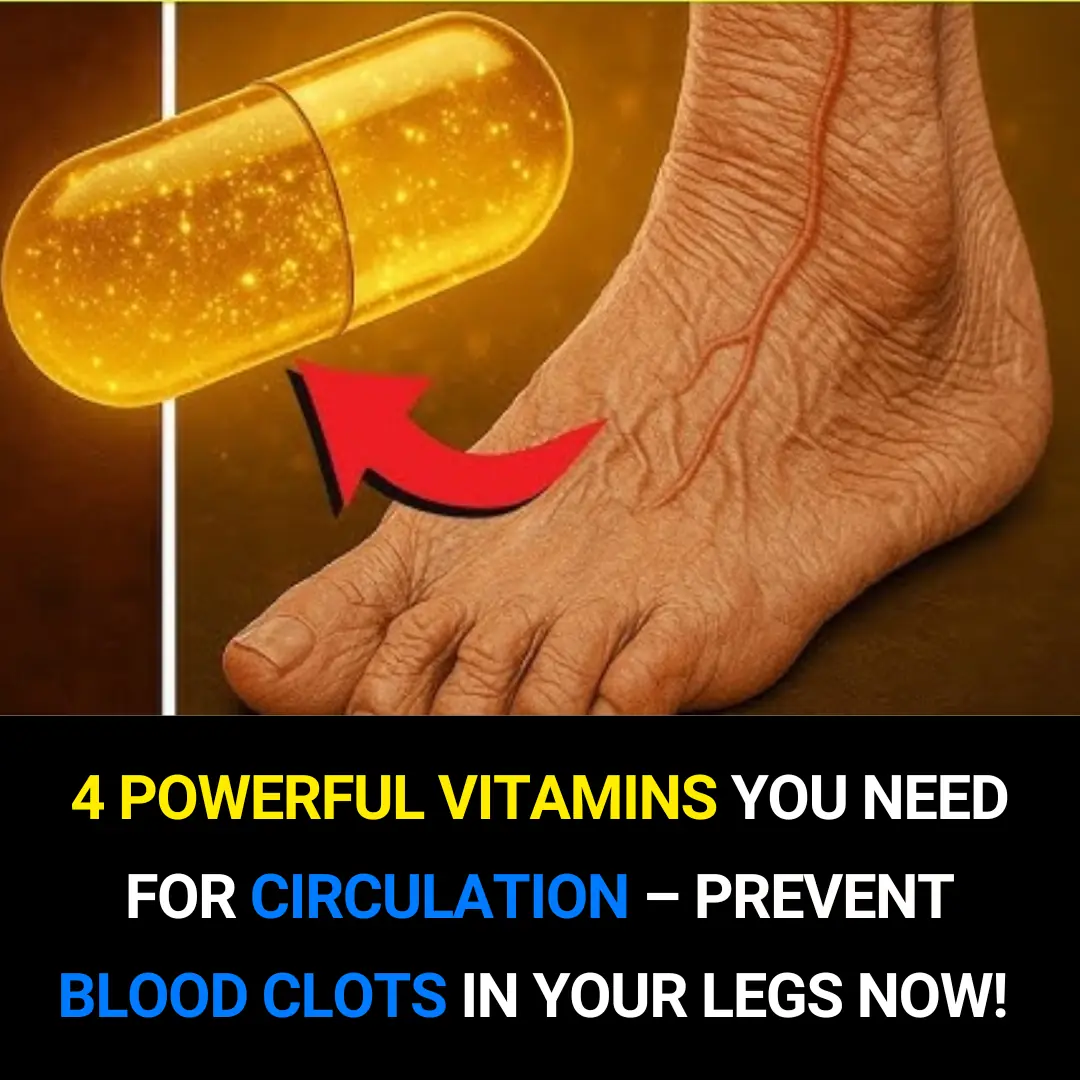
4 Powerful Vitamins You Need for Better Circulation – Prevent Blood Clots in Your Legs Now!

7 Ways to Instantly Stimulate Your Vagus Nerve to Reduce Inflammation, Depression, and Migraines
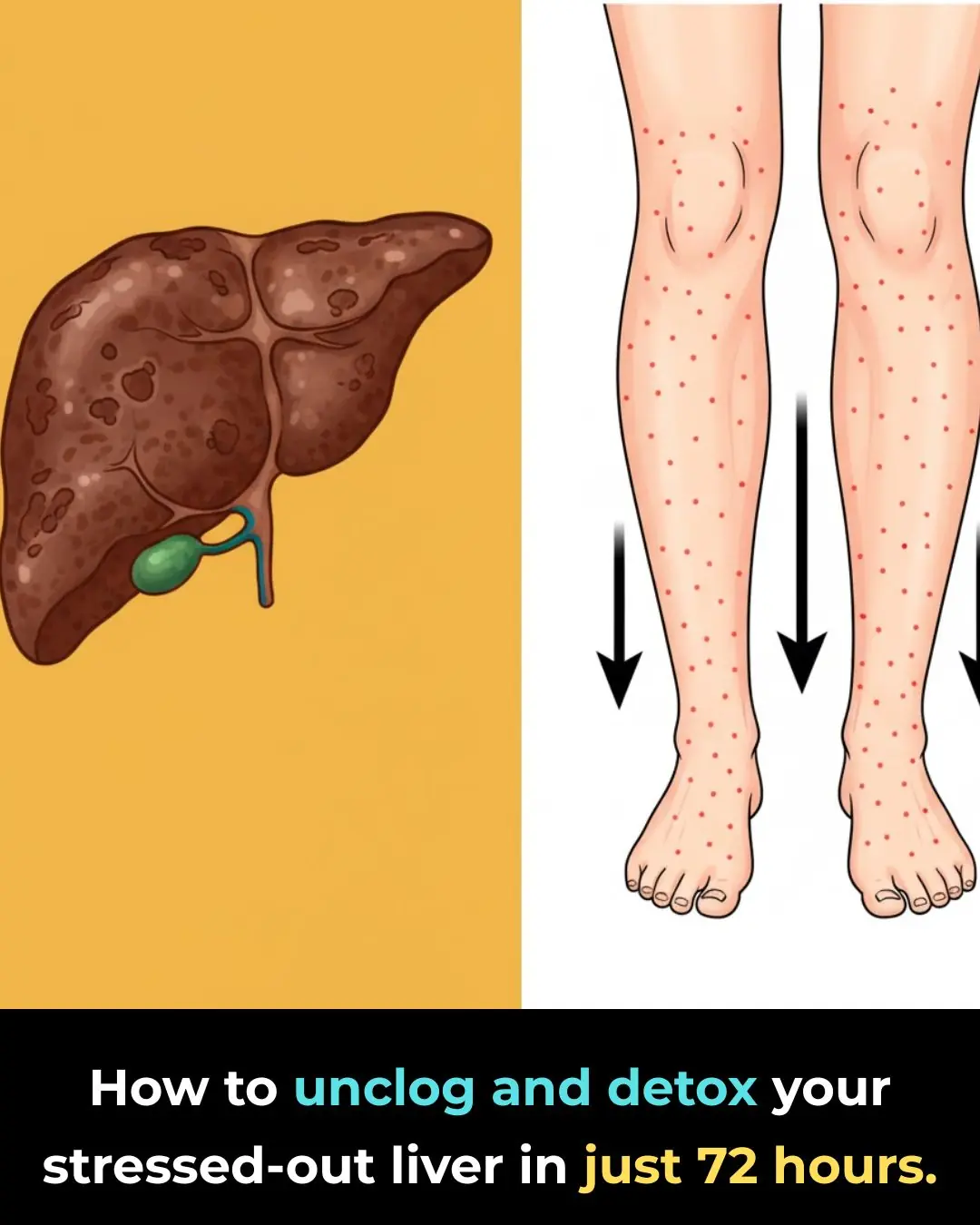
How To Unclog And Detox Your Stressed-Out Liver In Just 72 Hours
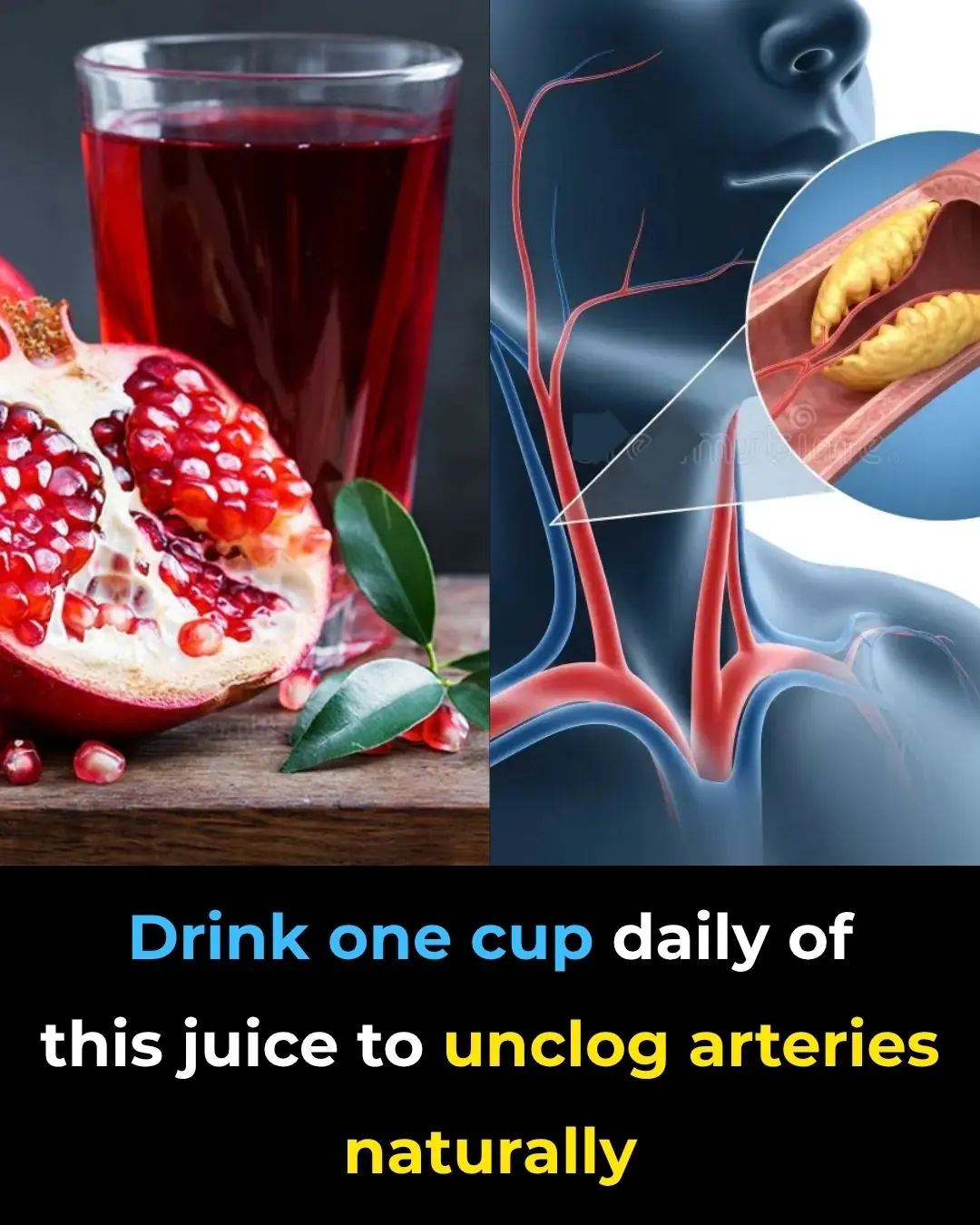
Drink one cup daily of this juice to UNCLOG arteries?
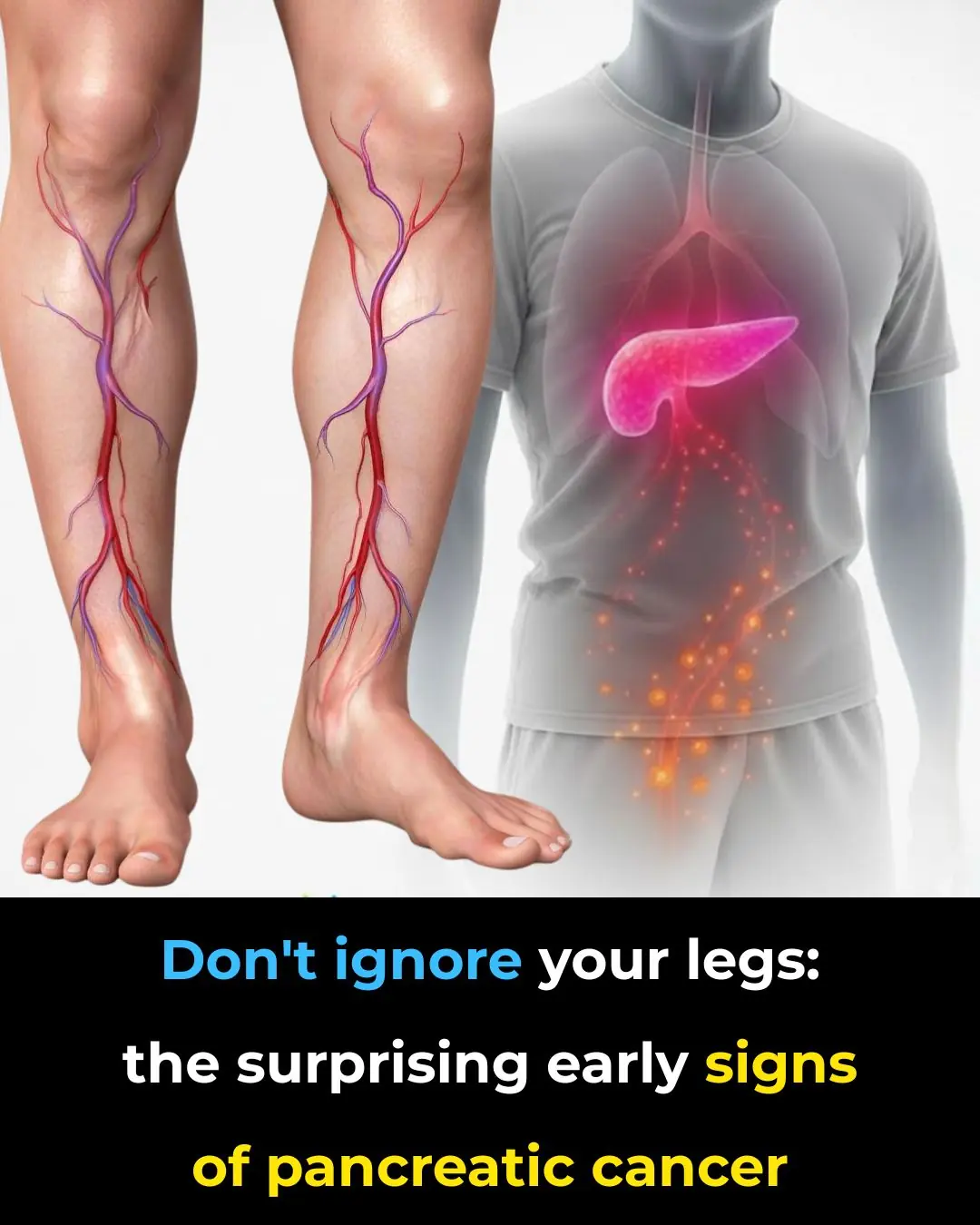
Don’t ignore your legs: the surprising early signs of pancreatic cancer

9 cancer warning signs your body is sending you (don’t ignore these!)

Texas reports 4× surge in whooping cough cases — health officials issue statewide alert
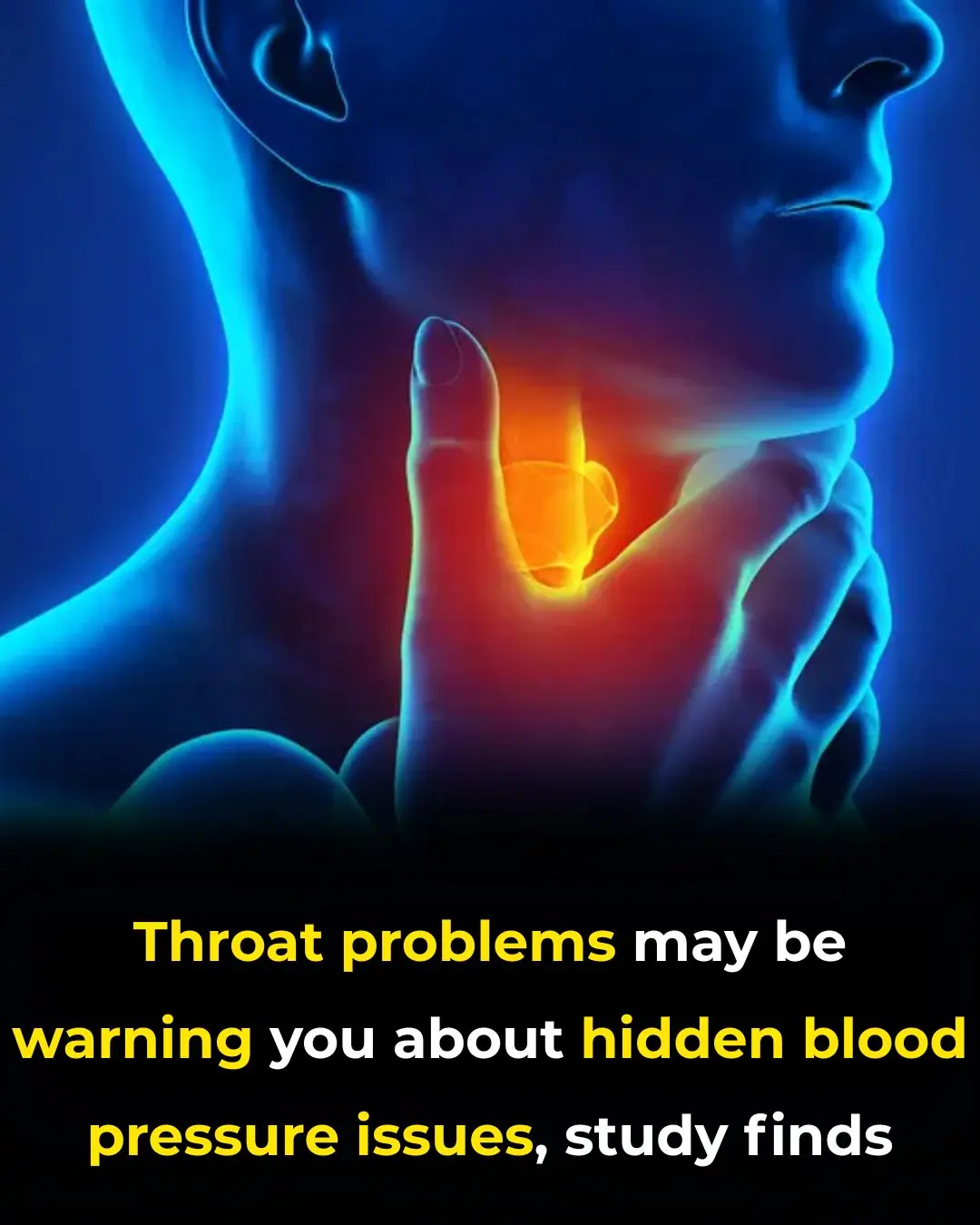
Throat problems may be warning you about hidden blood pressure issues, study finds
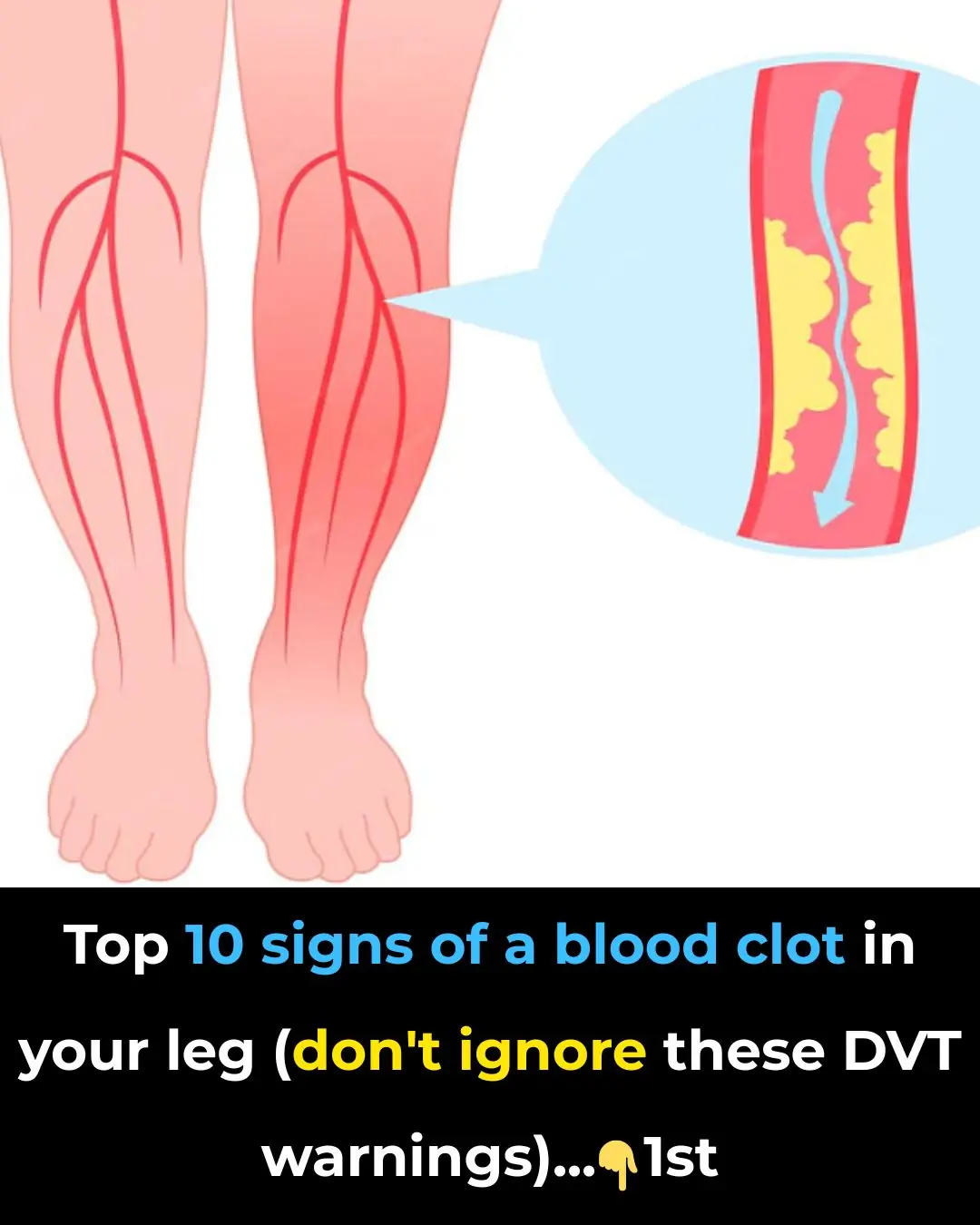
Top 10 signs of a BLOOD CLOT in your leg (prevent Deep Vein Thrombosis)

Say Goodbye to Parasites, Cholesterol, High Blood Pressure, and Poor Circulation With This 7-Day Homemade Drink
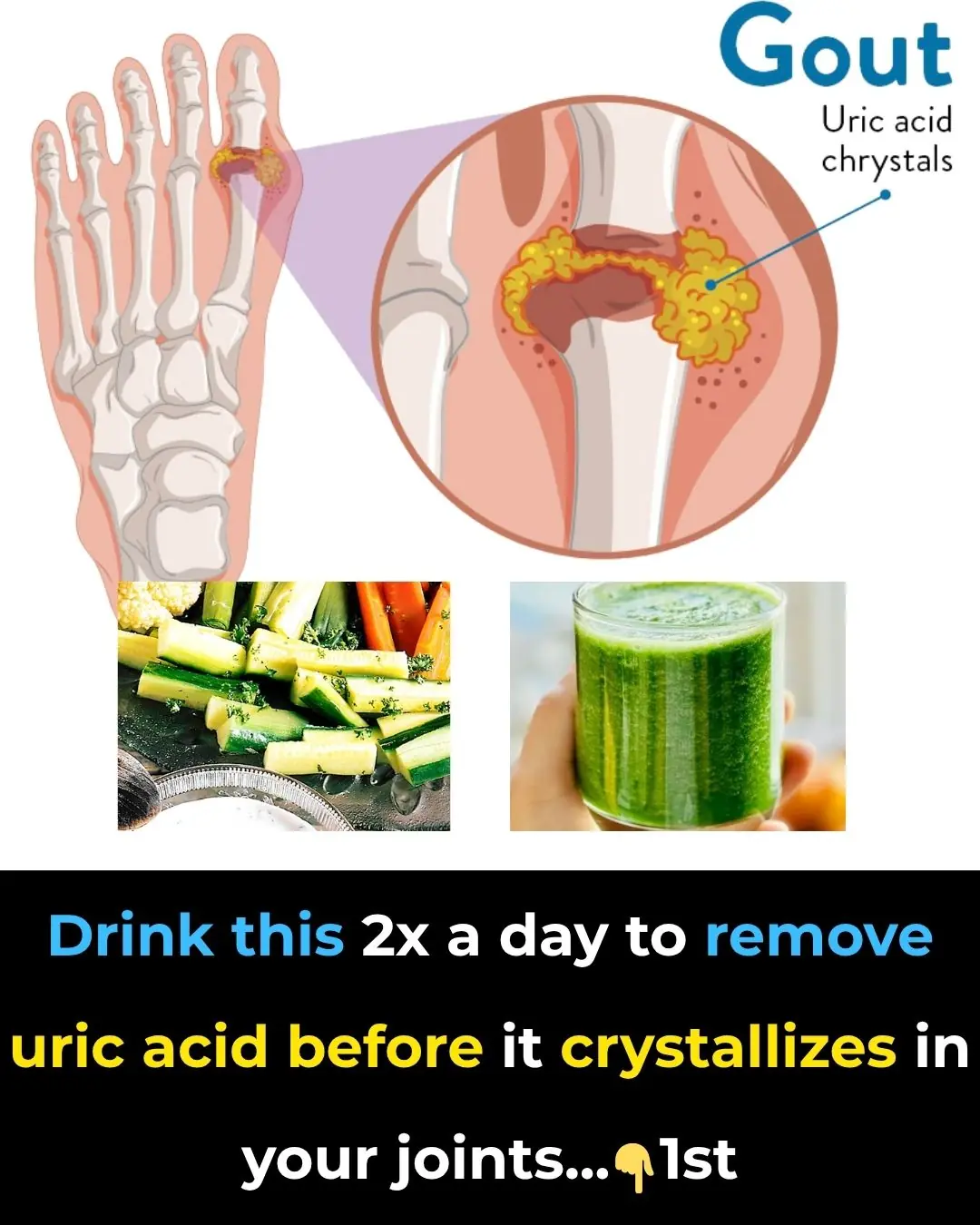
Drink This 2X a Day to Remove Uric Acid Before it Crystallizes in Your Joints and Becomes Painful

Lower blood sugar naturally by training just 2 leg muscles
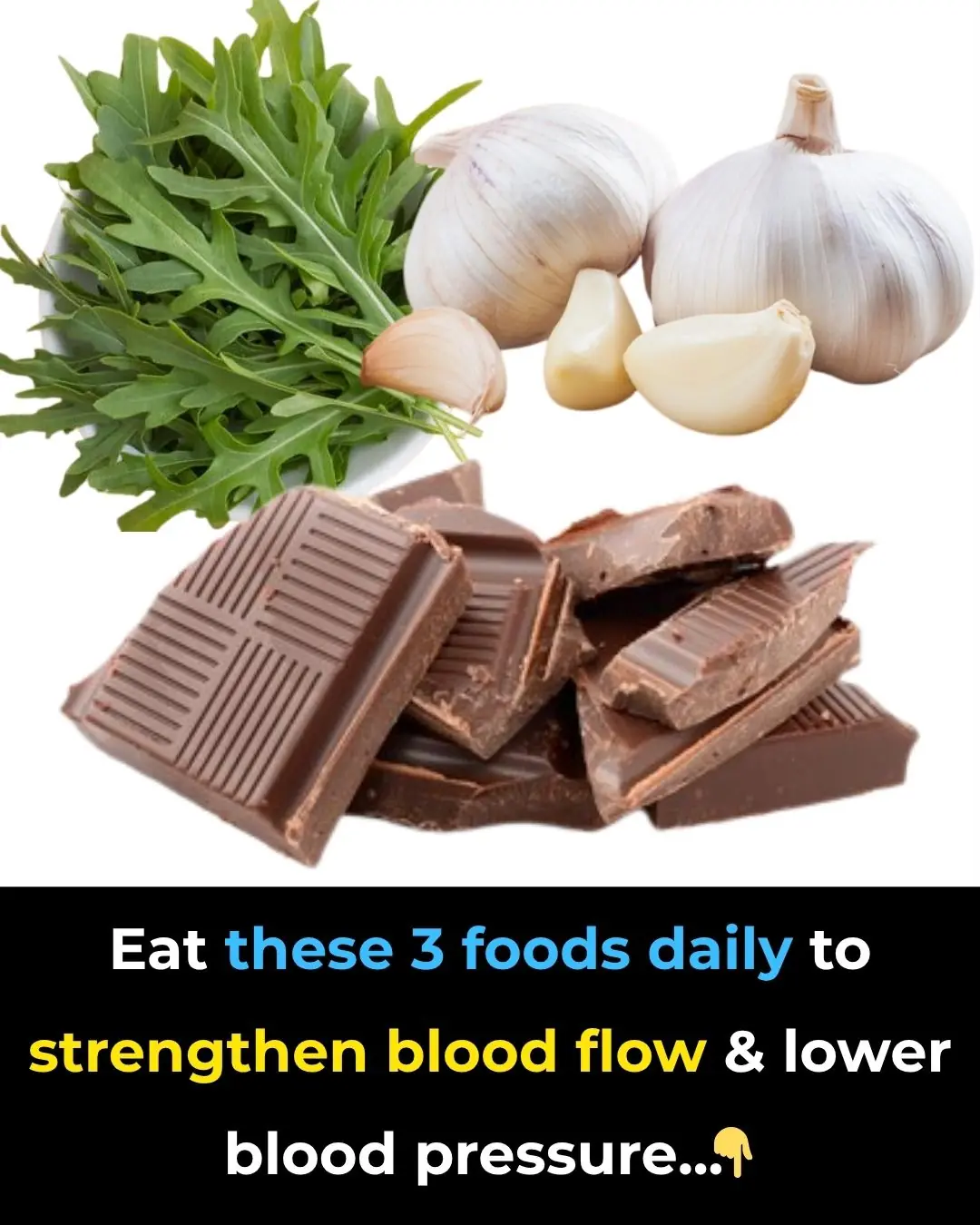
3 Food Combo to Strengthen Your Heart

What Your Belly Is Trying to Tell You
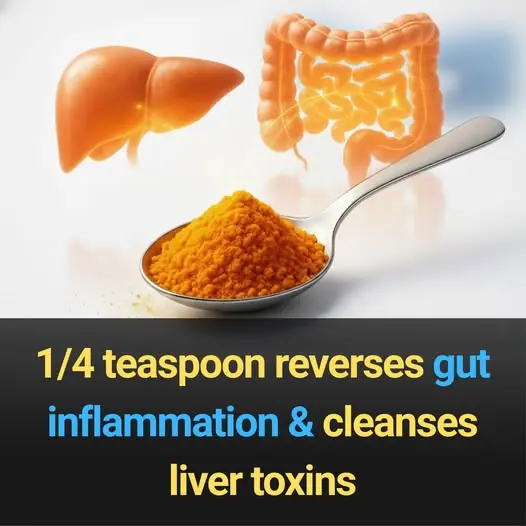
1/4 teaspoon reverses gut inflammation & cleanses liver toxins

Vitamin D3 cuts second heart attack risk by half
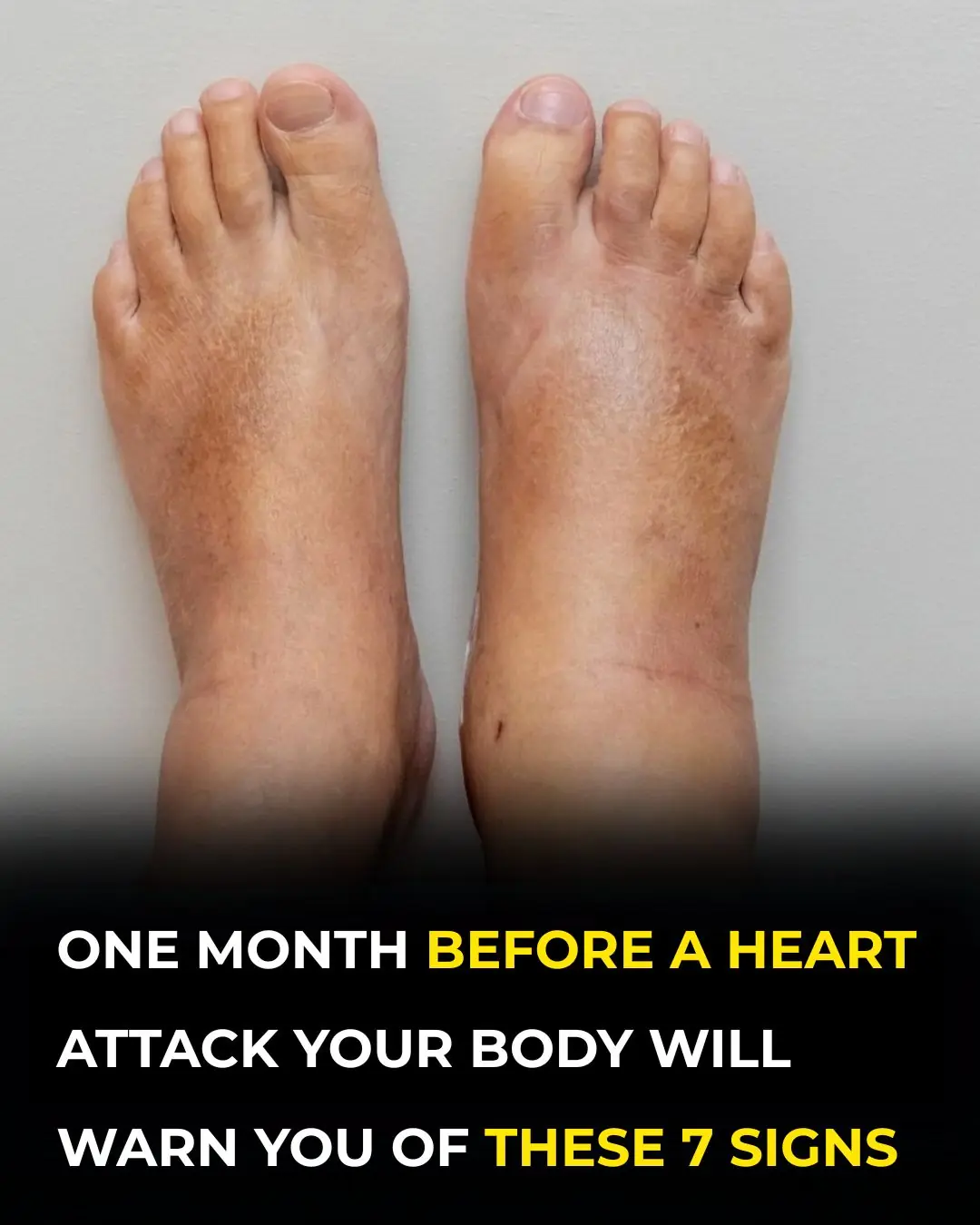
One Month Before A Heart Attack, Your Body Will Warn You Of These 7 Signs

4 vitamins to reverse neuropathy and damaged nerves – relieve foot & hand pain fast!
News Post

Prince William and Kate Middleton ‘reserved and formal’ during engagement interview

Woman Develops Liver Cancer from Eating Peanut Butter on Bread, a Common Habit Many People Share

Complaints pour in during I’m A Celebrity 2025 launch as viewers demand a change

‘This Could be Why’: Tina Knowles Reveals the Real Reason She Quietly Went Back to Mathew After He Cheated— and Fans Think This Is Why Beyoncé Stayed with Jay

“I Made Sure Not To Wear All White” | Giants Player Darius Slayton Proposes To Track World Champion Girlfriend Anna Hall

Martin Lewis says 'demon appliance' is the worst in the house for soaring bills

MAFS UK's Keye confirms split with Davide and admits 'I made a terrible decision'

Celebrity Race Across the World’s contestants issued order by BBC over Guatemala lockdown

The #1 Simple Way to Stop Dementia Before It Starts

6 Milk Face Pack Recipes for Brighter & Glowing Skin – Best Milk Face Masks

Fans told LeBron to “sit this one out” after accusing him of drumming up fake outrage over the cop who bumped Nyck Harbor.

4 Powerful Vitamins You Need for Better Circulation – Prevent Blood Clots in Your Legs Now!

Coronation Street's Lucy Fallon shows off huge ring as she announces engagement

7 Ways to Instantly Stimulate Your Vagus Nerve to Reduce Inflammation, Depression, and Migraines
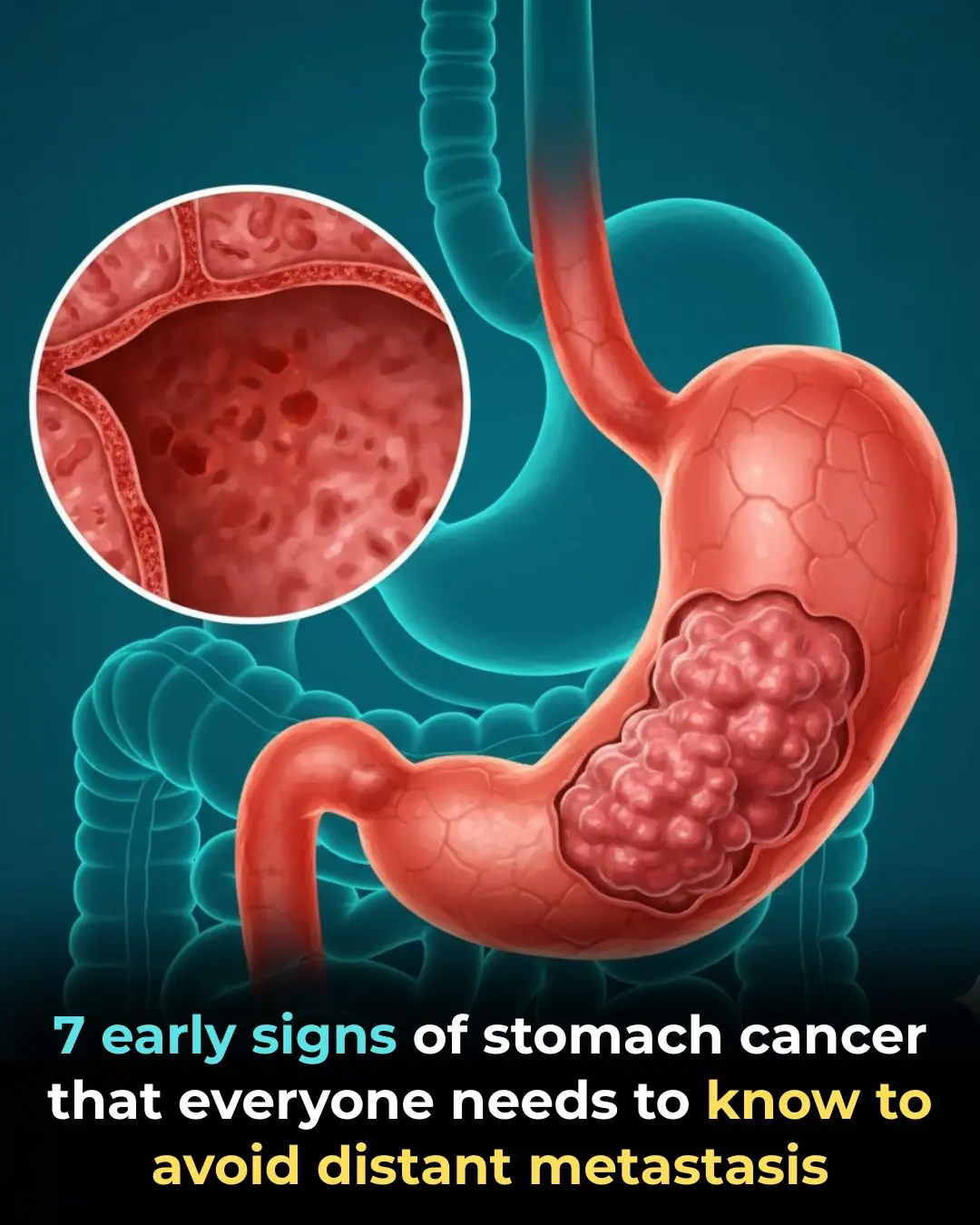
7 Early Warning Signs of Stomach Cancer Everyone Should Know Before It Spreads

Grow a Lemon Tree From Seeds — No Cost, No Effort, and Fresh Lemons Whenever You Want
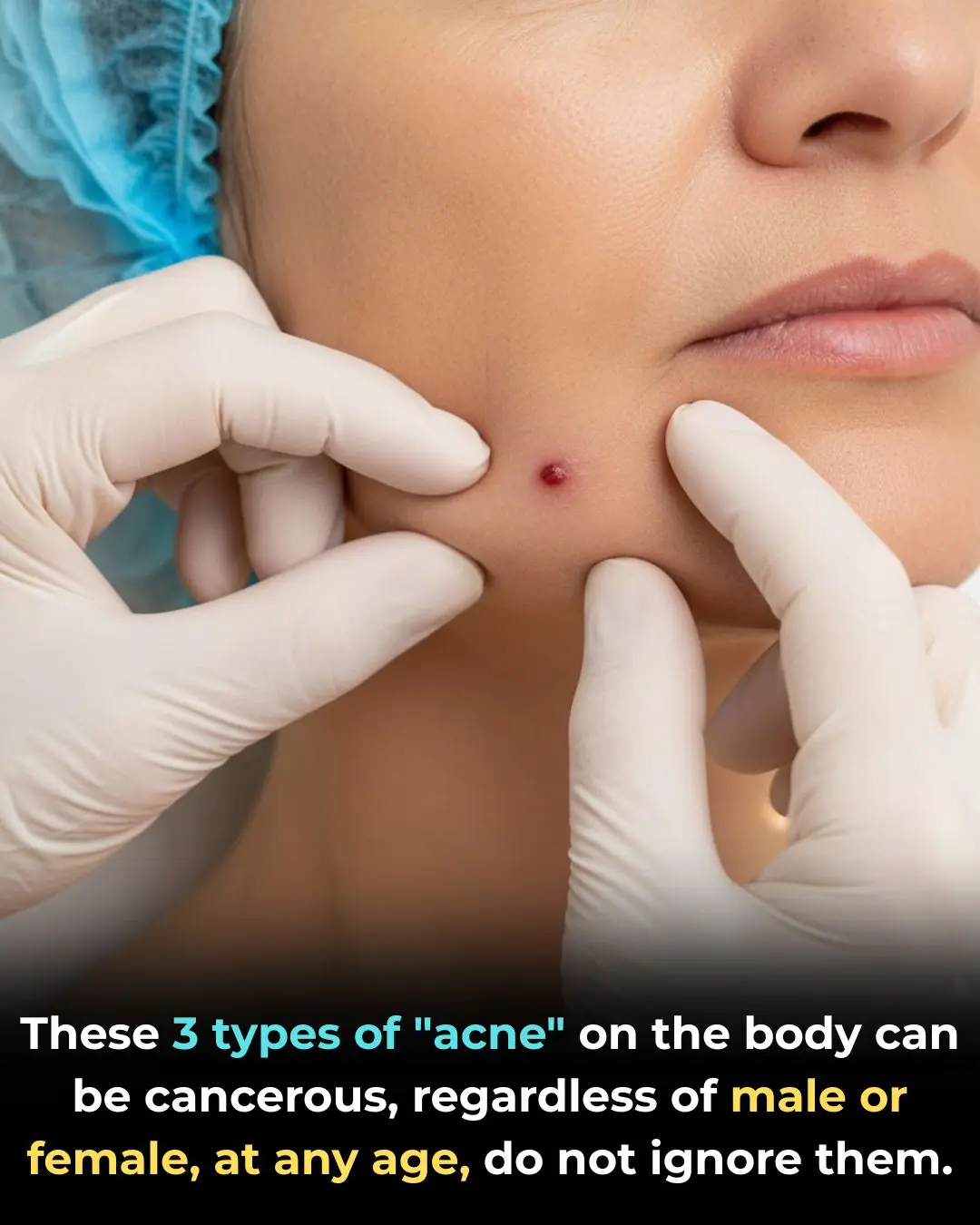
Three Types of “Lumps” on the Body That May Indicate Cancer — A Warning for Both Men and Women of All Ages

Celebrity Race Across The World’s Dylan Llewellyn comforted by Roman Kemp after revealing brother James’ heartbreaking death
